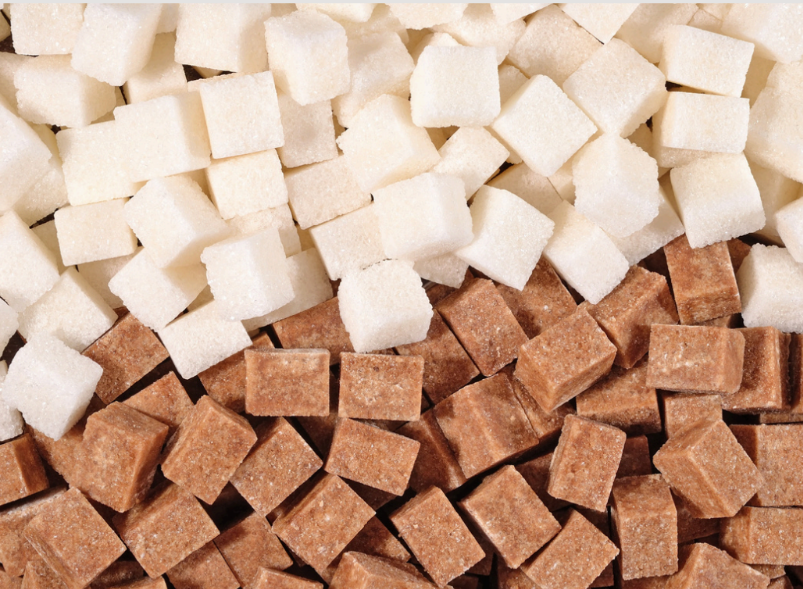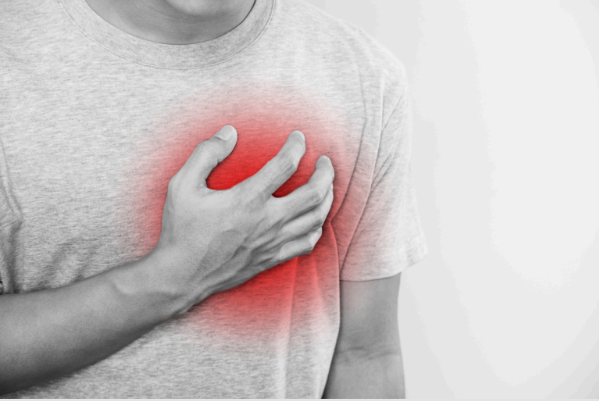D-Ribose: The intriguing but Tricky Sugar – Part 1

Friends:
Let me begin by saying supplement D-Ribose powder works typically immediately on one’s sense of energy and vitality–quite
impressive!
I can attest to this personally–however, as we expand our discussion, there are some cautions, caveats, and wisdom that should be
kept in mind for your health and safety–more of this is discussed in Part 2 of this topic.
In the current nutrition industry, the big, trending buzz terms target anti-inflammation, microbiome enhancement, and immunity.
Well, D-Ribose supplementation primarily deals with ATP depletion, and the manifestations of ATP energy depletion, and it is not
really and primarily connected directly with immunity, microbiome, and inflammation.
However, outside of its very specific and dramatic and positive cardiac effects, I would cautiously say in rehabilitation and recovery
from acute or chronic disease or injury ( must avoid if diabetic!), organs, muscles, and tissues that may become exhausted when still
suboptimal in their vitality, could for the short term perhaps benefits from extra and temporary D-Ribose supplementation to
elevate cellular and tissue ATP energetics.

And then again, each of us has our own biochemical individuality and range of sensitivity based on age, health, genes, etc.
Most of the research is in small mammal studies to date, but there is gathering research and data for short-term acute dosing, in
humans, but not yet really in long-term chronic dosing, large populations, or those of racial diversity over long and very long periods
of time to really understand the full scope of this ingredient in humans.
Even so, there is prudent messaging of considering implementing a time limit–nothing really established as end-points, but one to
exercise being prudent and cautious in using something so active and powerful.
So parenthetically, this quietly begs the question, is this to be considered a dietary supplement or really a medicine/drug when used
in the application and intervening, for instance in minor to significant cardiac symptoms? Also, noted in being effective regarding
findings of pain relief in fibromyalgia and headaches ( the relief by virtue of raising the ATP levels).
Typically, a d-ribose supplement is in the form of a scoopable, white powder–it is pleasantly sweet, easy to measure, and quickly
dissolves in liquids.
As for its effect on energy and uses in health and medicine, the following excerpt nicely summarizes.
Feb 12, 2023, “Very Well” D-Ribose expands the pool of vital ATP. it is made naturally in our bodies from glucose ( ed:
sometimes too little but can be too much and detrimental creating metabolic harm in some states of diabetes). ATP also
supports muscle contraction (the tightening, shortening, and lengthening of muscles) and your body’s nerve signals. Also
known as D-ribose, it is marketed as a nutritional supplement to reduce fatigue and improve athletic performance. It’s also
been studied for people with heart failure for that reason, D-ribose can be instrumental in treating a myriad of
cardiovascular problems including arrhythmia, angina, heart failure, peripheral vascular disease, statin-induced myalgia,
and the rescue of any muscle tissue that is starving for oxygen”.
This is significant and could be life-saving for those that would have an acute cardiac episode. The following excerpt differentiates
and alludes a bit more if one is outside the red zone of an urgent cardiac situation:
Exp Ther Med. 2021 May; 21(5): 496.

D-ribose: Potential clinical applications in congestive heart failure and diabetes, and its complications (Review)
Shuai Li,1,* Juanjing Wang,2,* Yutian Xiao,1,* Li Zhang,1,* Jinren Fang,1 Nanyang Yang,1,3 Zhixia Zhang,1Moussa Ide Nasser,4 and
Hui Qin1,3
“….Therefore, D-ribose may improve the recovery of myocardial ATP content following ischemia by increasing the de novo synthesis
rate of adenine nucleotides. In addition, following myocardial ischemia, D-ribose improves distal myocardial function. Furthermore,
D-ribose supplementation may also efficiently target the ‘hibernating’ myocardium and reduce cardiomyocyte loss of ATP
attributed to ischemia in patients with coronary artery disease, as well as enhance early diastolic filling and the respiratory
performance of patients with CHF. However, the effects of D-ribose as a myocardial protective agent prior to ischemia have
remained to be assessed, to the best of our knowledge. “
Herein, lies the question in human applications of what is perhaps too much, too long, and where are the endpoints? What are the
possible consequences and cautions of exceeding too long the endpoints of chronic dosing? This is to be discussed more in Part 2.
